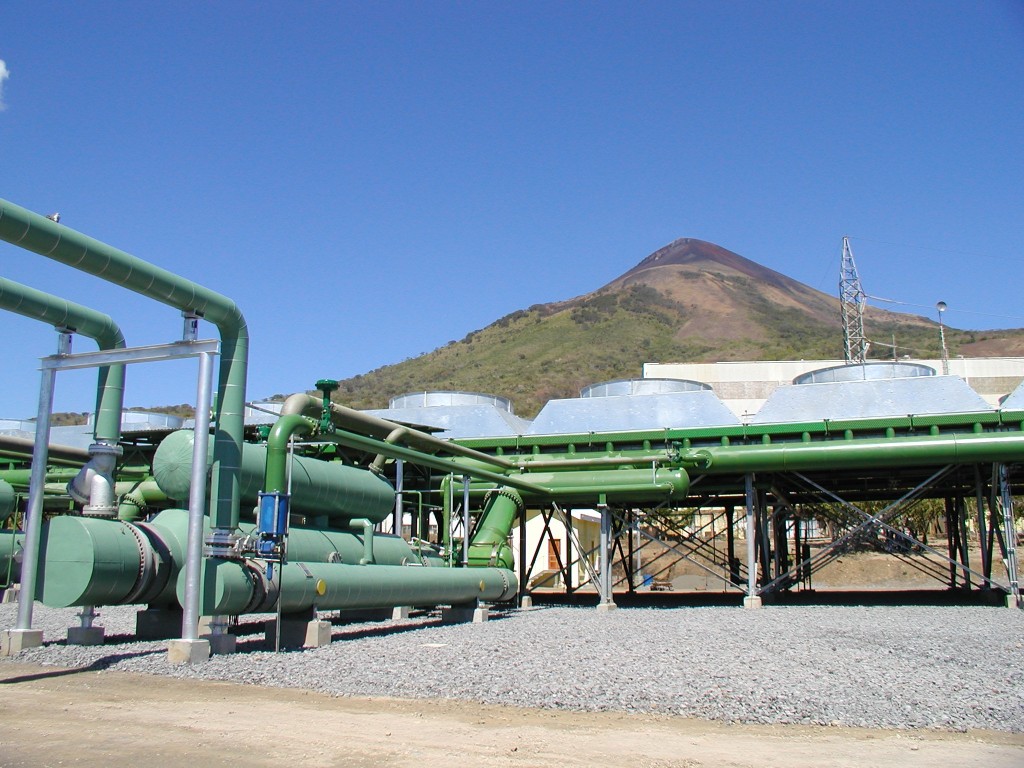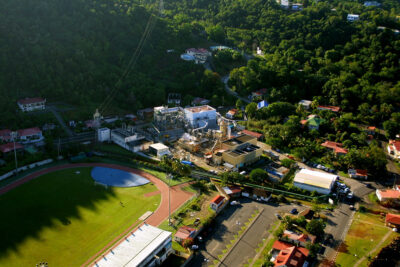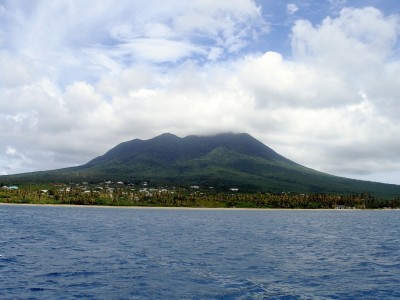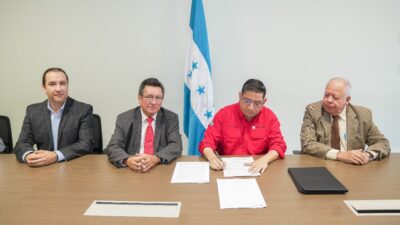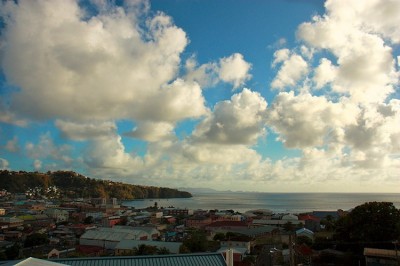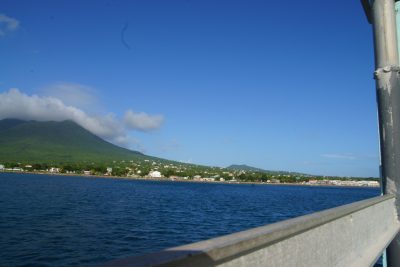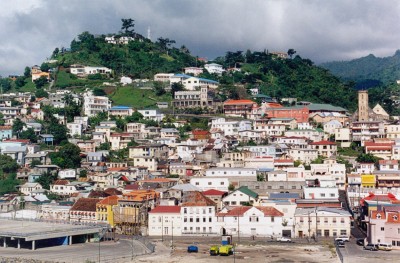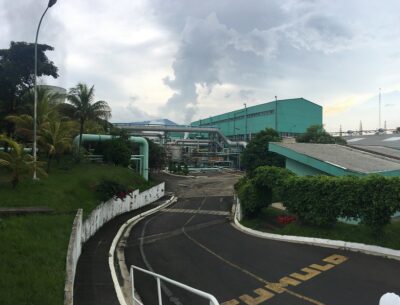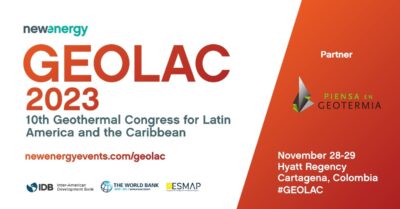Nicaragua – its geothermal potential, utilization and possible development
Nicaragua is blessed with great geothermal resources and so far two geothermal power plants, yet with clearly more development potential and work supported by the IDB.
Geothermal energy (1,700 MW) is the second most available source for generating clean energy in Nicaragua, only surpassed by hydroelectric (more than 2 thousand MW), highlights a report from Clean Energy XXI. Nicaragua’s Geothermal Master Plan identifies ten areas of geothermal interest, located along the Pacific volcanic mountain range. The geothermal areas of interest evaluated are the following: Cosiguina Volcano, Casita-San Cristóbal Volcano, Telica-El Ñajo Volcano, San Jacinto-Tizate, El Hoyo-Monte Galán, Momotombo Volcano, Managua-Chiltepe, Tipitapa, Masaya-Granada-Nandaime and the Island of Ometepe.
“The generation of this type of energy is not only important because of the positive effects on the economy, but also because of the reduction of greenhouse gas emissions by practically 80,000 tons,” said the World Bank Vice President for Latin America and the Caribbean, Hasan Tuluy, during his visit to Nicaragua in 2013.
There are currently two geothermal fields in operation: Momotombo and San Jacinto Tizate. The El Hoyo-Monte Galán, Managua-Chiltepe and Volcán Casita-San Cristóbal geothermal fields have been given in concession to private companies to carry out geoscientific exploration investigations. The Volcán Cosiguina, Telica-El Najo, Tipitapa, Masaya-Granada-Nandaime and Isla de Ometepe fields have not been concessioned for investigation.
Geothermal Fields in Exploitation
Momotombo:
The Momotombo geothermal field is located in the extreme South East of the Cordillera de los Maribios, about 40 km northwest of the city of Managua, on the shores of Lake Managua and on the southern slope of the Momotombo Volcano. Energía Limpia XXI highlights that the Momotombo field is the most studied geothermal area in Nicaragua, it has an exploitation area of ??two square kilometers and the first investigation was carried out in 1966; in 1974 the first deep exploratory well was drilled.
In 1983, the first 35 MW generation unit came into operation; in 1989 a second 35 MW unit was installed, thus completing the Momotombo Plant’s capacity by 70 MW.<
In 1999, ENEL signed a Partnership Agreement in Participation with the company ORMAT with a duration of fifteen years that will end in June 2014. Currently, ORMAT is the one who manages and operates the Momotombo plant. During 2003 ORMAT installed and put into operation a Binary Cycle Plant with a capacity of 7 MW.
In June 2013, the gross capacity of the Momotombo plant was 25.00 MW including the Binary Cycle plant.
San Jacinto – Tizate:
This Geothermal field is located in the Cordillera de los Maribios, approximately 75 km northeast of the city of Managua, 10 km northeast of Telica and 20 km northeast of the city of León.
During the years 1992-1995 the company INTERGEOTERM, SA carried out exploratory investigations and deep drilling in a geothermal concession area with a surface area of ??90 km2 around the San Jacinto – Tizate area.
Currently the company Polaris Energy of Nicaragua is the one who has the Exploitation Concession of the field with a duration of twenty-five years. Since 2005, the field began to be exploited geothermally, operating with two wellhead turbines with a capacity of 10 MW, which were integrated into the National Interconnected System, SIN.
In 2013, the Second Phase of expansion of the San Jacinto Tizate geothermal plant was concluded, with an installed capacity of 72 MW and it is producing 60 MW (net).
Geothermal Fields in Exploration
El Hoyo – Monte Galán:
This field has been the subject of repeated geological / volcanological, hydrological, geochemical, geophysical exploration studies and has even been studied by means of shallow thermal gradient wells. The results of all these studies define a very promising situation for the geothermal development of the area.
Through an International Public Bid, the GEONICA company obtained the geothermal exploration concession. Deep exploration investigations began in 2009 and two commercial diameter wells were drilled. The data obtained so far reveal that there is a very interesting geothermal resource and GEONICA’s efforts are focused on locating and quantifying it.
Casita Volcano – San Cristóbal Volcano:
In this geothermal field, the Feasibility Study Stage is currently in process; In 2009 the Ministry of Energy and Mines (MEM) formalized the exploration contract to the private consortium Cerro Colorado Power.
The first tests that were carried out in this area where the Casita-San Cristóbal project is located, indicated that there is good quality steam for energy production with a geothermal plant.
At the beginning of 2012, the first well with a reduced diameter was drilled, at a depth of 1,200 meters, which is producing steam with temperatures of 160 degrees Celsius, and sufficient pressure that gives “good indications” that there is a potential reservoir in the area. exploitable for commercial purposes.
Managua – Chiltepe:
The geothermal investigations carried out to date have been essentially geoscientific in nature, however the presence of thermal manifestations and knowledge of the local geological and geophysical conditions, particularly in the Chiltepe Peninsula, allow defining a sufficiently attractive picture to continue with studies. additional elements that contribute to the exploration and development process.
During the 2007-2010 period, the GEONICA company obtained the geothermal exploration concession and drilled a small diameter well.
Currently, the ALBANISA company has the concession of the Managua-Chiltepe project to carry out new exploration studies in this area.
Non-concessioned Geothermal Fields
Cosigüina Volcano:
It is in the pre-feasibility stage, so it is necessary to deepen exploration investigations that include geology, geophysics and geochemistry.
During 2012, a geochemical sampling campaign was planned in the area by ENEL’s geothermal management personnel. The objectives of this campaign consist of: identifying and analyzing the type of source: river, springs, wells; meteorological data; altitude; atmospheric pressure; UTM coordinates, which will serve as inputs to have more information about the area under study. In August 2020, the Inter-American Development Bank issued a call for Expressions of Interest for a Pre-feasibility study for the planned geothermal project at the Cosigüina volcano.
Telica – El Najo:
It includes most of the Telica volcanic complex, which represents an important potential source of magmatic heat; In the vicinity of El Ñajo and El Carol, there are sufficient indications of thermal manifestation and sufficient data to infer the presence of a potentially exploitable hydrothermal system.
It is in the Pre-feasibility stage of the investigations and is currently without a concession.
Tipitapa:
Despite the limited extent of the investigations carried out to date, since it is in the pre-feasibility stage, there are reasons to consider that the area has potential for the discovery of a commercial resource; it is considered that they can be carried out in:
Applications direct use of low temperature water, ? 100 degrees C
Small-scale development for electricity generation, using binary or steam technology, supplied with fluids of moderate temperature.
Masaya – Granada – Nandaime:
This region is very large and includes three major volcanic centers, each of which shows signs of geothermal activity. Because it is quite extensive, it has been subdivided into three sub areas:
- Caldera de Masaya Area
- Support Boiler Area
- Mombacho Volcano Area
In 2009, the MEM awarded the Geothermal Exploration Concession to the Canadian companies Magma Energy and Polaris Geothermal to carry out geoscientific investigations, unfortunately in 2010 these companies withdrew due to their own decisions.
Currently the exploration concession for these three areas is free, available to be awarded to an interested investor.
Ometepe Island:
It is the region with the least amount of geoscientific data, it is composed of two zones, the Concepción volcano and the Maderas volcano.
In the surroundings of the Concepción Volcano area there are no thermal manifestations but there are ascent of thermal fluids near Lake Cocibolca. However, in the northern sector of the Maderas volcano, the thermal manifestations are evident.
Source: Energia Limpia
